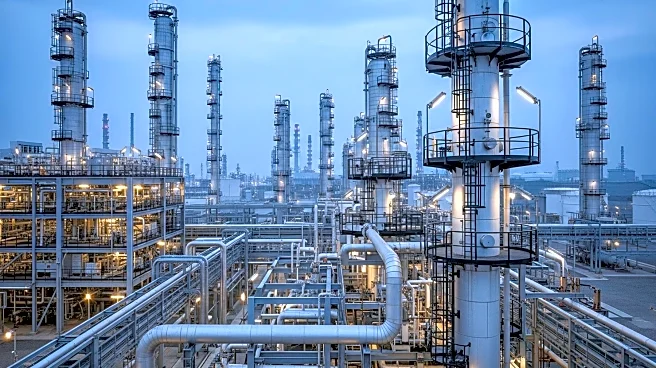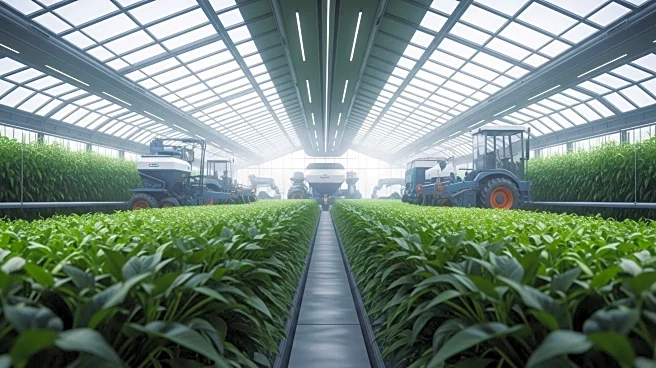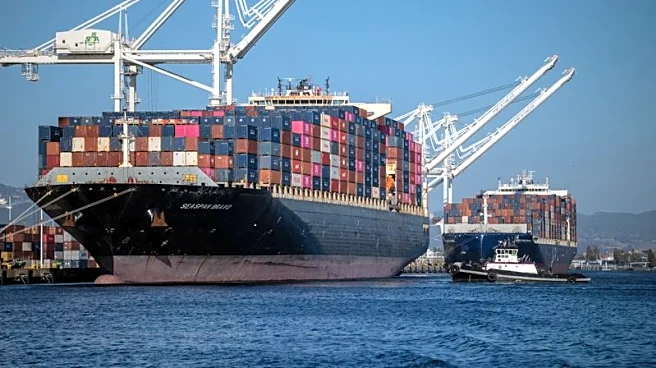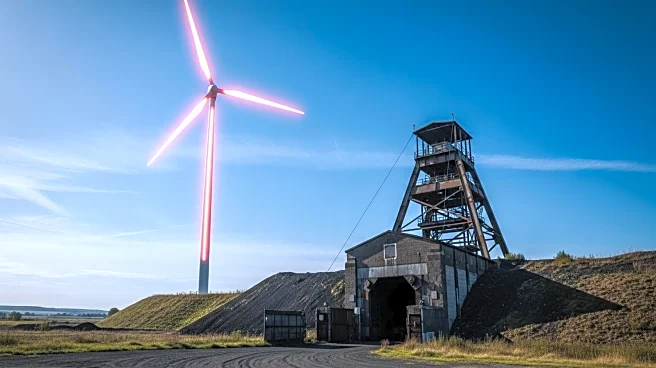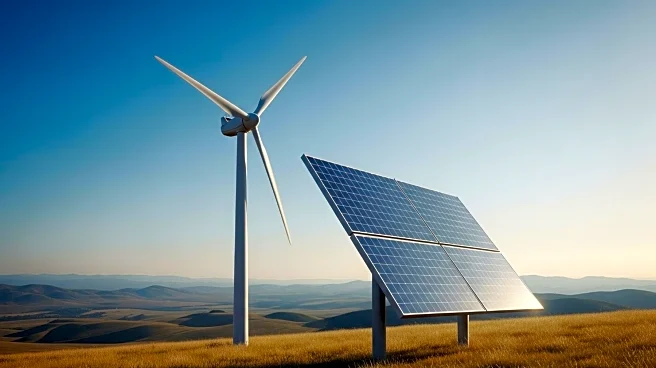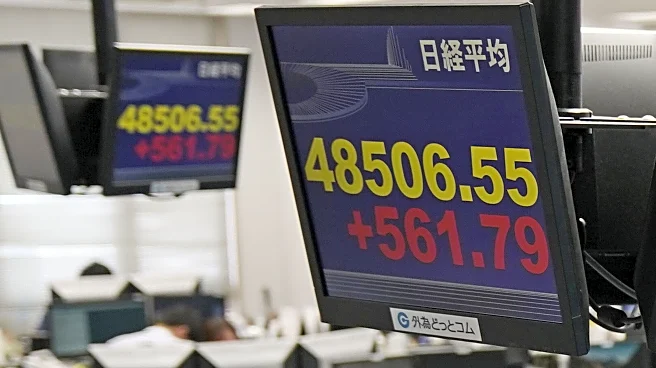What's Happening?
India is rapidly advancing towards petrochemical self-reliance, with S&P Global Ratings projecting over ₹2.4 trillion (~$25 billion) in state-led investments despite global overcapacity. The initiative aims to reduce reliance on imports of chemicals used in plastics, packaging, and auto parts, supporting the country's industrial and infrastructure expansion. India and China, the world's third and first-largest petrochemical consumers, are transforming from major importers into self-sufficient producers, reshaping Asia's trade flows. India's output surge is set to reshape Asian trade, challenge regional exporters, and make it the world's second-largest polyethylene market by 2034.
Why It's Important?
India's push for petrochemical self-reliance is significant as it positions the country to lead global petrochemical capacity additions by 2030, increasing its influence on Asian markets. This development is expected to challenge regional exporters, particularly in South Korea, Taiwan, and Thailand, who face rising competition. Exporting to the US is becoming less viable due to tariff barriers, threatening margins and prompting consolidation in the region's petrochemical sector. India's strong domestic demand offers a buffer against cyclicality, but its drive for self-sufficiency will reshape trade flows, pressuring regional exporters and compelling structural shifts across Asia's chemical industry.
What's Next?
India's petrochemical expansion is spearheaded by public sector oil marketing companies like Indian Oil Corporation, Bharat Petroleum, and Hindustan Petroleum, integrating new plants with refinery upgrades. Private players like Reliance Industries, Adani Petrochemicals, and Nayara Energy are exploring large-scale capacity additions, though some private projects face funding risks. As India continues to ramp up capacity post-2030, the global ethylene utilisation rates are projected to stay below 82 percent through 2027, exacerbating the structural oversupply. Regional exporters may need to diversify exports or scale back capacity to survive the downturn.
Beyond the Headlines
India's petrochemical self-reliance drive reflects broader economic ambitions, aiming to support rising income levels, a booming construction sector, and an expanding manufacturing base. The country's rising petrochemical demand is expected to outpace GDP growth, with an anticipated compound annual growth rate of eight percent over the next decade. This mirrors China's trajectory, where self-sufficiency rose from 63 percent to 71 percent and is poised to hit 75 percent soon. As a result, Asian exporters will find fewer outlets for petrochemical sales, intensifying regional competition.

